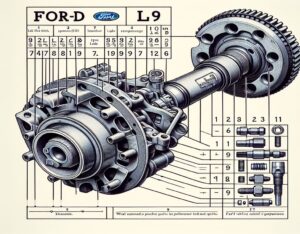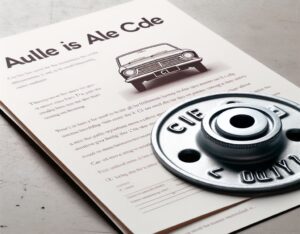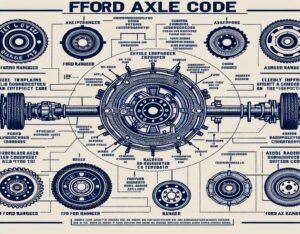Understanding Ford Axle Code L3
When exploring Ford vehicles, one essential but often overlooked aspect is the Ford Axle Codes. These unique combinations of letters and numbers hold the key to understanding crucial details about a Ford vehicle, such as its performance capabilities and towing capacity.
History and Significance
Ford’s journey with axle codes began with the need for a standardized system to identify and differentiate axle configurations in their expanding vehicle lineup. The introduction of the Ford Axle Code L3 marked a significant milestone, representing continuous innovation in Ford’s drivetrain components.
Decoding Axle Codes
Axle codes are alphanumeric identifiers conveying vital information like gear ratio and differential type. Knowing how to locate and interpret these codes is crucial for understanding a vehicle’s configuration and capabilities, aiding owners and mechanics in decision-making regarding maintenance and upgrades.
Features of Ford Axle Code L3
Vehicles with the Ford Axle Code L3 have unique characteristics that distinguish them from other configurations. The gear ratio and differential type associated with the L3 code significantly impact driving dynamics, towing capacity, and fuel efficiency, requiring attention to detail to identify.
Maintenance and Solutions
Understanding common problems associated with the Ford Axle Code L3 is essential for preemptive maintenance and timely repairs. Regular maintenance routines tailored to vehicles with the L3 code can mitigate issues and ensure optimal performance over time.
Upgrades and Modifications
In the next part of our blog post, we will explore exciting upgrades and modifications available for Ford vehicles, including those equipped with the renowned Axle Code L3. Discover how carefully curated enhancements can elevate your Ford’s performance, aesthetics, and overall driving experience.



